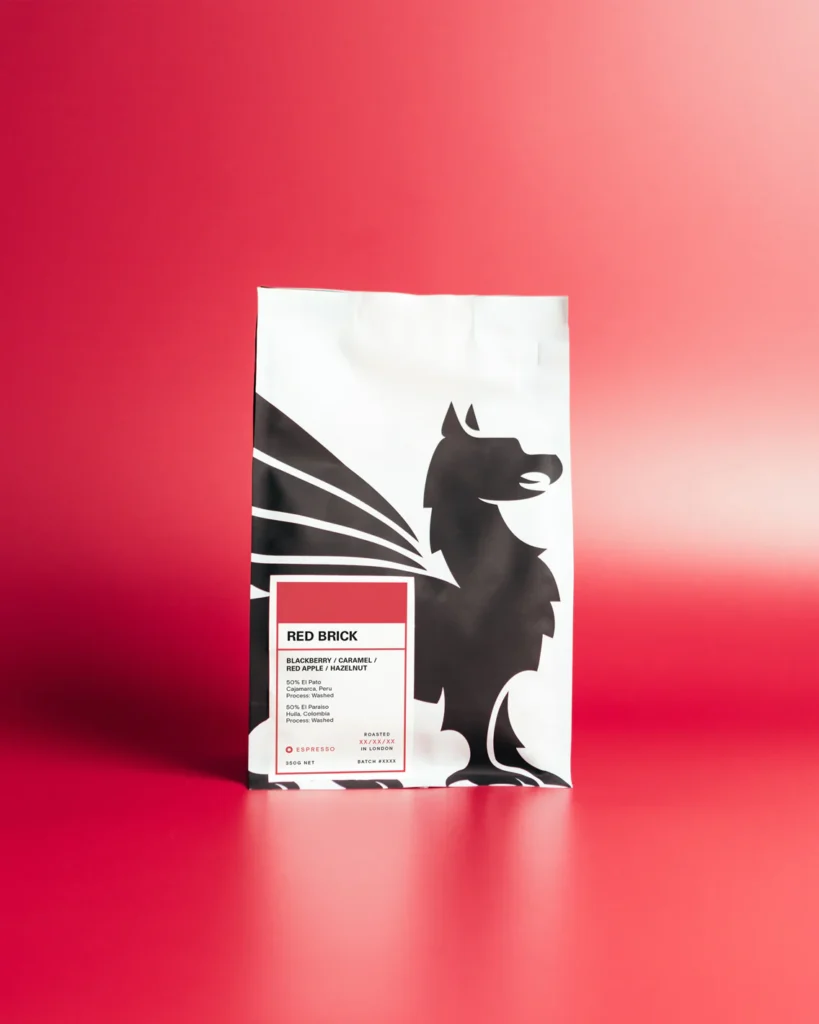Myanmar have been growing coffee since the late 1800’s, but it’s a producing country that we’ve rarely come across in speciality coffee, until now. It was actually British colonists who introduced the plant, granted on a small scale, but after the British rule ended in 1948, the coffee trade didn’t have a lot of momentum behind it to keep it moving forward. In the last 6-7 years, after the political reforms of 2011, when agricultural growth started being encouraged by the government, the Myanmar economy has been opening up and with that has developed an increased focus on coffee as a commercial crop. Several organisations, private and NGO’s, have been investing in milling and export facilities to help the producers access better technology, support and markets.
With basic training the producers of Myanmar have leapt on the chance to improve their coffee significantly, often dramatically increasing their cup scores and desirability for buyers. While quality has been a seemingly easy thing to improve, production remains very small, and yield continues to be an area that needs work especially as China ramps up their production quite aggressively. The increased interest from importers and roasters is positive but has also come with some logistical challenges, as infrastructure and finance options for the farmers is still in development. The Ministry of Agriculture, Livestock and Irrigation hopes to increase coffee acreage to 200,000 and export 60,000 tonnes by 2030, up from the current 50,000 acres and yearly approximation of 7500 tons.

As of 2014, Myanmar has had their own Coffee Association, dedicated to bringing quality up and the markets closer as they continue to grow and expand their work into more and more growing regions. There is also CRIETC, the Coffee Research, Information, Extension & Training Center, who focuses on agricultural aspects such as varietal selection, varietal preservation, boosting yield, processing methodology and pest/disease management.
The largest growing region is Shan State with Mandalay just behind, and the types of farms you see in these two states are quite different. While Mandalay is home to larger estates that produce washed coffee, Shan is home to smallholders who own farms of an average of a hectare in size, who don’t have their own wet milling equipment and therefore either sell fresh cherry or process their own coffee as naturals on raised beds. The climate lends itself well for this, as the peak of the harvest falls in the dry season either side of January. For those who sell their fresh cherry instead, the coffee is often transported 4-5 hours away to Mandalay to wet and dry mills there. Most of the coffee grown in Myanmar is Arabica while some 20% is Robusta, mostly grown in the southern lowlands. The bulk of the Arabica is naturally processed. The Arabica varieties grown in Myanmar tend to be Catuai, Caturra, Catimor, Bourbon, Typica, S795 and SL34. The majority of Myanmar’s coffee stays in Asia and is sold to countries like China, Thailand, Japan and South Korea, but increasingly the European, American and Australian markets are getting involved in the trade for the top qualities.

And so we’re very excited to share with you our very first coffee from Myanmar, from smallholders around Ywangan township in Southern Shan. Shan borders China, Laos and Thailand and is the largest state in Myanmar by size, and Ywangan is its principal town. From about 30 villages around Ywangan comes this coffee which is a washed lot, contrary to the more typically found natural coffees from Shan. The producers are mainly of Danu and Pa-O ethnic nationalities and have farms of 1/4 acre to 3 acres in size. They often grow other crops as well, such as beans, avocado, jackfruit, papaya and macadamia, many are trees that double as shade for the coffee.


The cherry is collected in Ywangan and within 48 hours transported to Mandalay and a wet mill in the temperate mountain town of Pyin Oo Lwin, where it is floated to separate greens and over ripes, pulped and left in fermentation tanks overnight. The next day the coffee moves through a mechanical demucilager that ”˜scrubs’ off the remaining pulp so the parchment covered green coffee can go off to dry in the sun on large concrete patios. The pulp from the mill is transported back to the farmers who use it as fertiliser, and wash water is treated before being returned to the ground.

We have been really impressed with the quality of this lot, and it’s a great start to what we hope will be a long history of buying coffee from Myanmar, the land of golden pagodas and now, great coffee.
BUY SOME HERE

Ywangan
13.50tasting notes
YELLOW PLUM / SUGARCANE / FRESH




